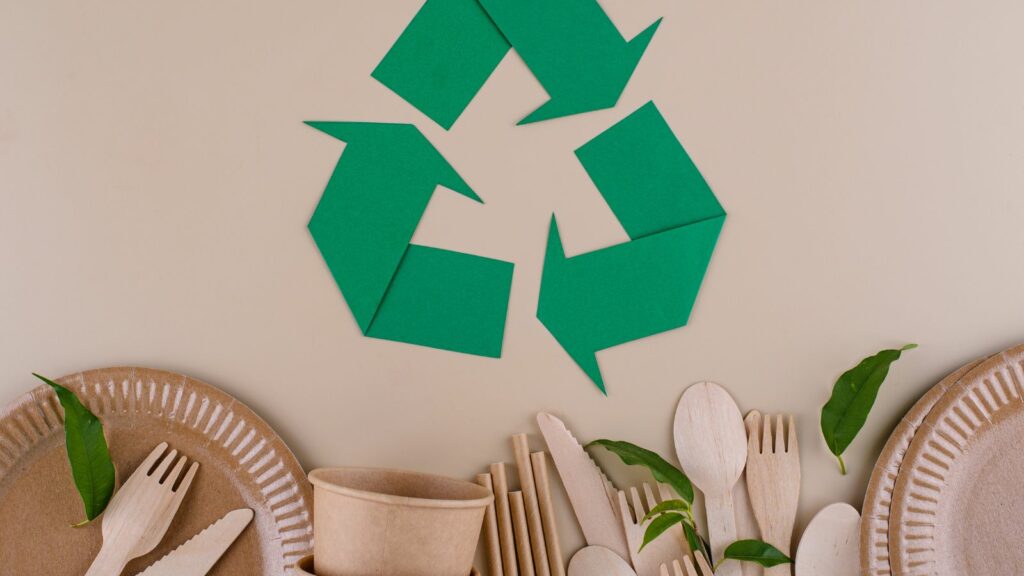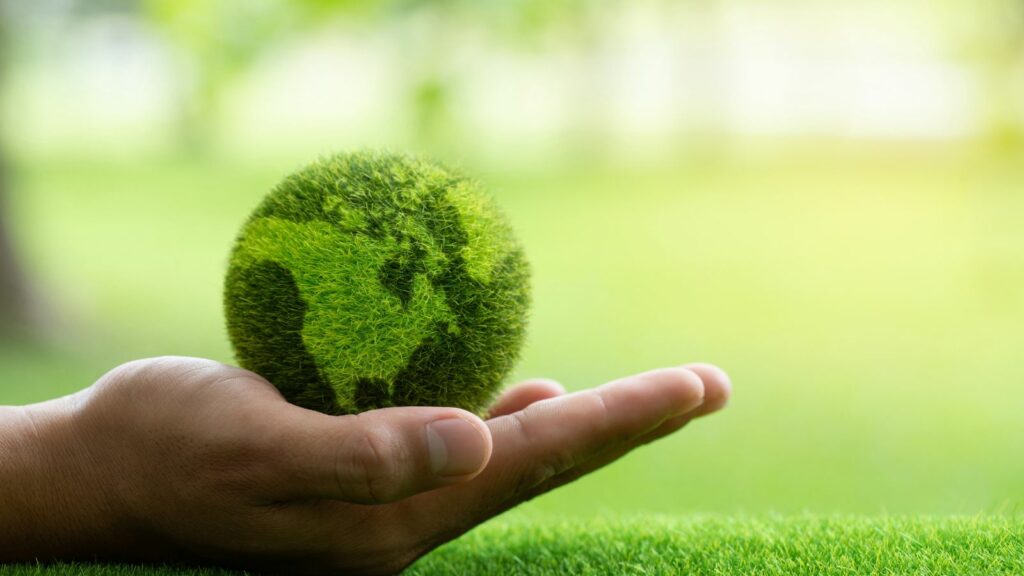In a world increasingly conscious of its environmental footprint, the textile industry is under the microscope. It’s a sector often criticized for its heavy environmental impact, from resource usage to waste creation. But there’s a more sustainable path forward: sustainable textiles.
This article delves into the life cycle of sustainable textiles, a journey that begins in the field and ends in your wardrobe. It highlights the environmental impacts at every stage and the benefits of choosing these eco-friendly alternatives.
Sustainable Textiles Life Cycle and Environmental Impact

In the expansive world of textiles, sustainable alternatives have emerged as an instrument of change, shaping a path towards environmental responsibility.
Sustainable textiles are fabrics derived from eco-friendly resources, such as sustainably grown fiber crops or recycled materials. They stand apart due to their environmentally friendly production process which significantly reduces waste and ecological footprint. For instance, Organic cotton, Hemp, and Recycled Polyester may all fall under this category.
The Life Cycle of Sustainable Textiles
From production to disposal, the life cycle of sustainable textiles places a strong emphasis on ecological integrity. It commences with the growth or creation of the material, be it from plants, animals, or recycled substances. The production process, unlike conventional textile manufacturing, avoids harmful chemicals and heavy water usage. Post-production, these textiles stand a longer life span, outliving their counterparts by remaining functional and stylish for multiple seasons. The disposal stage introduces them back into the environment with minimal harm or possibly, reiterating the cycle by recycling the material. By examining the life cycle, it’s clear that sustainable textiles represent a significant stride towards limiting the environmental impact of our clothing choices.
Environmental Impact of Textile Production

A closer examination of the environmental repercussions of textile production brings to the surface two main issues: water usage, pollution, and high energy consumption leading to greenhouse gas emissions.
Intensive water use in the textile industry poses environmental challenges. For example, conventional cotton farming alone consumes 10% of the world’s irrigation water. Simultaneously, textile dyeing and treatment generate 20% of global industrial water pollution, introducing hazardous substances such as arsenic and mercury into water systems. In this context, the adoption of low water-consumption processes and non-toxic dyes in textile production becomes essential for reducing this environmental burden.
Energy Consumption and Greenhouse Gas Emissions
Approximately 15% of the energy expenditure in textile factories goes into the dyeing and finishing process. Besides, textile production generates nearly 1.2 billion tonnes of greenhouse gases annually, which is more than the combined emissions from international flights and maritime shipping. Primarily, natural gas and electricity power these operations, highlighting the industry’s dependency on non-renewable resources. Therefore, moving towards cleaner energy sources, such as solar and wind energy, and improving energy efficiency in factories, presents a substantial opportunity to limit this considerable environmental footprint.
Improvements and Innovations in Sustainable Textile Production

This section delves into the significant advancements that usher in a new era of sustainability in textile production. Exploring innovations in fabric recycling and the integral role of biotechnology in sustainable textiles, it brings to light the substantial strides made towards environmental consciousness.
Fabric recycling, once seen as a challenge, has gained momentum with advancements in technology. Textile waste, comprising both pre and post-consumer materials, finds new purpose in the recycling process. For example, 1.5 million tons of cotton waste got repurposed into new textiles in the year 2019, demonstrating significant progress in recycling efforts.
Innovative techniques, like mechanical and chemical recycling, have added a new dimension to fabric recycling. Mechanical recycling involves shredding textiles into fiber and reusing them, while chemical recycling involves breaking down textile polymers into their basic elements and reforming them into new fibers. The latter’s advantage is in its ability to recycle blended textiles, typically hard to process in mechanical recycling.



